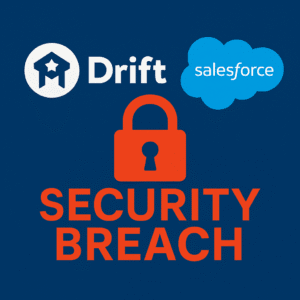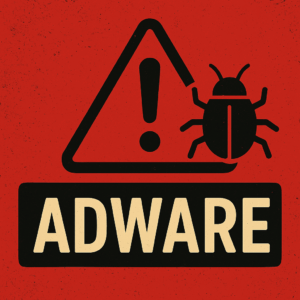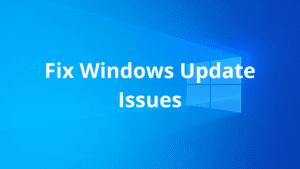Cybercriminals often hide malware inside ZIP, RAR, and 7z archives to bypass detection. Learn how it works, why it’s dangerous, and how to protect yourself.
🔍 Quick Read — The Essentials
- Archives like ZIP, RAR, and 7z are commonly used for compressing and sharing files.
- Cybercriminals abuse them to hide malicious software and bypass antivirus scans.
- Risks: Phishing emails, fake cracked software, outdated archiving tools with security flaws.
- Protect yourself:
- Keep WinRAR/7-Zip updated.
- Scan archives before extracting.
- Avoid files from unknown sources.
- Use sandbox or virtual machines for suspicious files.
ZIP, RAR, and 7z archives are everyday tools — we use them to save space, send multiple files in one go, or protect documents with a password. But what’s a convenience for us is also a powerful weapon for cybercriminals.
Hackers know that people trust these file types. That’s why malicious archives have become a common delivery method for viruses, ransomware, and spyware. The worst part? In many cases, you won’t know there’s a threat until it’s too late.
Why Malware Hides in Archives
Cybercriminals love archives because they make their job easier. Here’s why:
- Evasion of Antivirus Scanners
- Some email and web scanners can’t open or analyze password-protected archives.
- Even non-protected archives can slow down or confuse detection systems.
- Nesting Trick (Archive-in-Archive)
- A malicious file is hidden inside several layers of archives, making it harder to detect.
- Social Engineering
- People are more likely to click a file that looks like a harmless “Invoice.zip” or “Resume.rar.”
Real-World Examples
- Phishing Emails: Fake delivery notifications that contain a ZIP attachment. Inside? A disguised malware executable.
- Cracked Software: Download a RAR promising “Free Photoshop” and you might end up with ransomware.
- Malware Campaigns: Emotet and LokiBot often used ZIP files to spread across networks.
WinRAR & 7-Zip: The Security Angle
While the tools themselves aren’t inherently dangerous, outdated versions can be exploited.
- WinRAR Vulnerabilities: In 2019, a flaw in WinRAR allowed hackers to place malicious files anywhere on your system just by extracting an archive.
- 7-Zip Updates: Regular updates fix security bugs — skipping them leaves you exposed.
Bottom line: Always download the latest version from official sources.
How to Protect Yourself
- Keep Archiving Software Updated
- Whether you use WinRAR, 7-Zip, or another tool, updates are crucial.
- Scan Archives Before Opening
- Use antivirus software that can check inside archives.
- Avoid Unknown Sources
- If you didn’t ask for it or don’t know the sender, don’t open it.
- Test in a Safe Environment
- Use a sandbox or virtual machine to open suspicious files without risking your real system.
Tools for Safer Archive Handling
- VirusTotal: Free online service to scan files (including archives).
- Windows Defender & Alternatives: Ensure real-time scanning is enabled.
- Sandboxie / VirtualBox: Open risky files in isolation.
Conclusion
ZIP, RAR, and 7z archives aren’t dangerous by themselves — but in the wrong hands, they’re perfect for smuggling in malware. With simple habits like keeping software updated, scanning before extraction, and avoiding shady downloads, you can cut the risk dramatically.
Stay alert, and remember: If something looks too good to be true, it probably hides more than you think.

Founder of ToolsLib, Designer, Web and Cybersecurity Expert.
Passionate about software development and crafting elegant, user-friendly designs.
Stay Updated with ToolsLib! 🚀
Join our community to receive the latest cybersecurity tips, software updates, and exclusive insights straight to your inbox!












